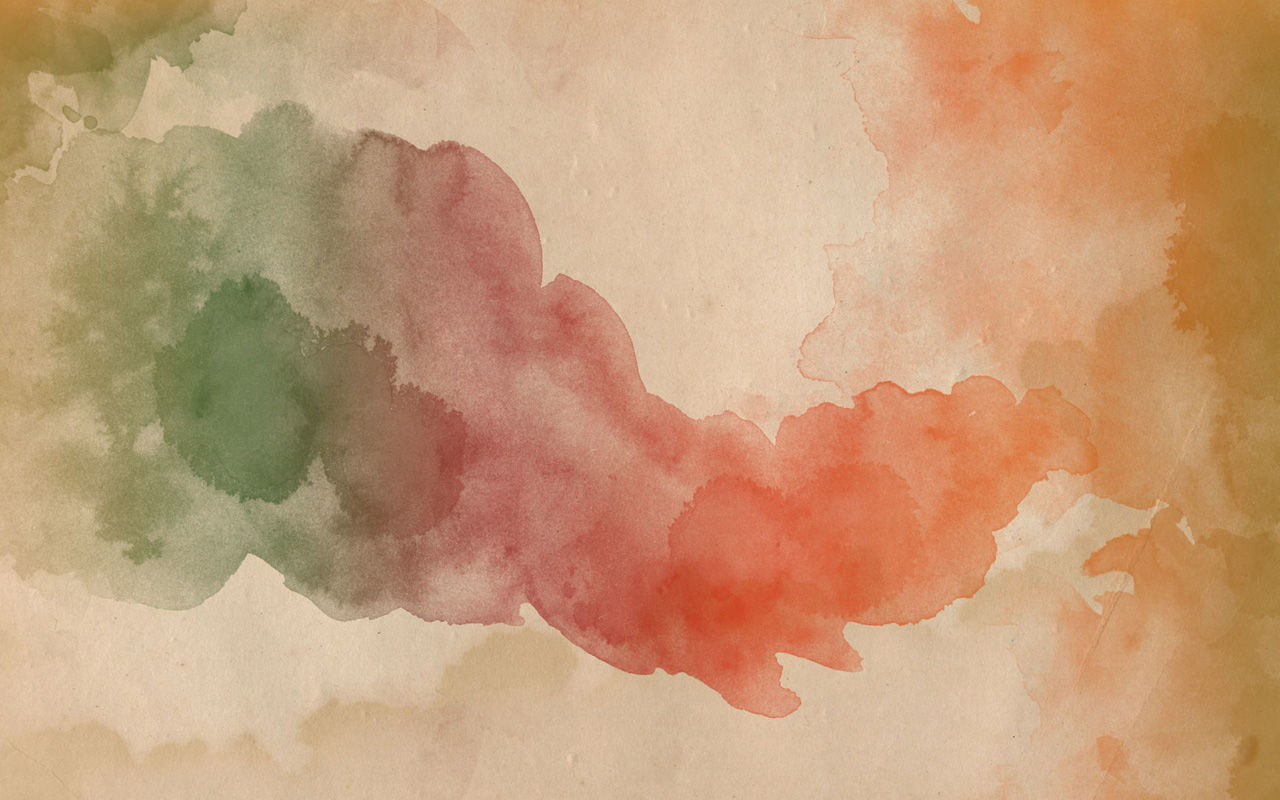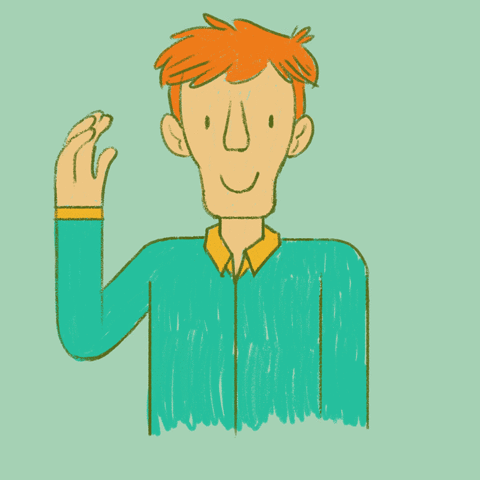
This lesson will help students identify the phoneme /z/ of the letter Z . Representing the phoneme /z/ and its letter Z, you will use the example of a zipper, like the kind you find on a jacket. The students will practice finding the /z/ in words and learn to distinguish /z/ in words that do have the sound from words that don’t carry that phoneme.
Materials needed are as follows:
-
Poster with “The zebra zoomed zig-zag to the zoo”.
-
Flash Cards with the words, ZIP, CAP (ZAP), ZERO, ZOOM, DIPPER (ZIPPER), BUZZ.
-
Primary paper, and a pencil.
-
Dr. Seuss’ ABC Book (Random House, 1963)
-
Crayons or colored pencils, and drawing sheet.
Procedures:
(1) SAY: Our language is like a secret code, and can be tricky to try and figure out. BUT, we can crack the code when we learn the meaning behind the letters! We do this by figuring out how our mouths move when we say a letter. Today we are going to learn how to pick out the /z/ sound in words by the way our mouths move. The sound /z/ is represented by the letter Z. We see an outline of the letter Z when we zip up our jackets, and /z/ sounds like our zipper when we unzip and zip up our jackets!
(2) SAY: Let’s all pretend to zip up our jackets, /z/, /z/, /z/, /z/. Notice that our teeth are pressed together, our tongue is lying down at the bottom of our mouths as we try to push air through. We feel a little bit of a vibration between our teeth.
(3) SAY: Now let me show you how to find /z/ in the word wizard! I am going to stretch out the word wizard slowly so that I can hear for the /z/, you listen as well to see if you can hear it. Wwwi-i-i-zard. Now I’m going to say it more slowly, Www—iiii—zzzz—ard! Did you hear it? My lips moved away from one another as my teeth pressed together, and as I tried to push air out of my mouth my teeth vibrate a little. You try and say wizard! Do you feel the vibration?
(4) SAY: How about a tongue twister! Our tongue twister today says, “The zebra zoomed zig-zag to the zoo.” Let’s say that together three times. (Kids say it once) Okay now let’s say it again but make the /z/ longer: “The zzzebra zzzoomed zzzig-zzzag to the zzzoo.” Great job! Let’s say it one last time, but this time remove the long /z/ from the rest of the word it’s attached to: “The zzz-ebra zzzz-oomed zzz-ig zzz-ag to the zzz-oo.”
(5) SAY: So let’s switch it up, and practice writing our letter z since it’s the symbol for /z/. The upper case Z looks like your zipper (draw it on top of your picture for a zipper). But what’s cool about this letter is that the lowercase letter is written out exactly the same, except it’s smaller! So you’re going to make your straight path (by drawing a straight line) on the dotted line, then make a second straight path on the bottom, and connect those two lines by drawing a line from the end of your first path to the beginning of your second path. I want everyone to try their best, and I’m going to come around and look at the letter you’ve made. When you’ve got it down, I’ll put a sticker beside it, and I want you to try writing the lowercase z nine more times!
(6) Call on students and ask them to tell you which word they hear /z/ in: Do you hear /z/ in wonk or zone? What about in fuzz or fur? lazy or active? crazy or calm? quiz or play? Okay, let’s see if you can recognize the mouth movement /z/ in these words. If you hear /z/ in a word zip up your jacket (remind them of hand motion): the, wizard, zapped, the, zebra, back, to, the, zoo.
(7) SAY: Now let’s look at Dr.Suess’ alphabet book! It tells us what creature starts with the letter Z (read pages 59-62; you can have the student’s try to help you read it). After reading the little bit of story, give the kids drawing paper and some colored pencils or crayons. Have them come up with a name for their monster, or imaginary friend using the letter z in it, and have them draw it out! When they are done, make sure to showcase their artwork on the wall! (If you want to do another activity that is perhaps similar check references for the link.To implement this idea, I would give the kids a blank Z and have them decorate it the way they want to, and give the Z a name starting with /z/.)
(8) After the completion of their artwork, model how to find the /z/ in zip or dip by stretching out the phonemes in each. SAY: See I hear my teeth vibrating when they come together to say zzzz-ip! But I do not hear it in dip. Do you hear /z/ in cap or zap? zero or hero? boom or zoom? dipper or zipper? zoo or boo? (these you will do individually, one student at a time, while students are working on assessment)
(9) ASSESSMENT: Distribute worksheet from KidZone to assess whether the kids can distinguish words that start with z opposed from those that do not. Don’t forget to explain what they are doing. SAY: In this worksheet we are helping the three zebras find their way to the objects on the right side that start with the phoneme /z/. After you are done connecting the 3 zebras to an object, color those objects in!
References:
Alternative Creative Activity from KidZone: http://www.dltk-teach.com/alphabuddies/mzeldaz.html
Example EL Design on AU Canvas: “Emergent Literacy Design: Brush Your Teeth with F”.
Dr.Seuss .(1963).Dr.Seuss’ ABC . Random House.
Flash cards with words that start with the letter Z (in materials): http://www.wordfind.com/z-letter-words/ and http://www.kidzone.ws/kindergarten/letterz.htm
KidZone Worksheet for Assessment: http://www.kidzone.ws/kindergarten/z-begins1.htm
Tongue Tickler: http://www.auburn.edu/academic/education/reading_genie/ticklers.html
Click her to turn to Applications Page: http://wp.auburn.edu/rdggenie/home/classroom/applications/
Zipping with Z
